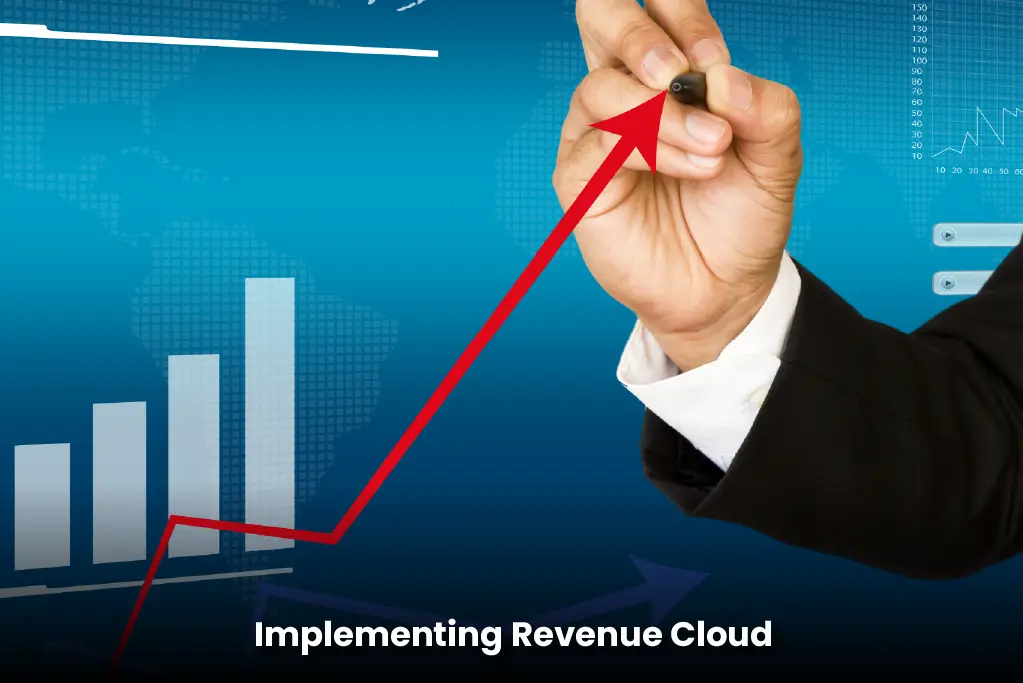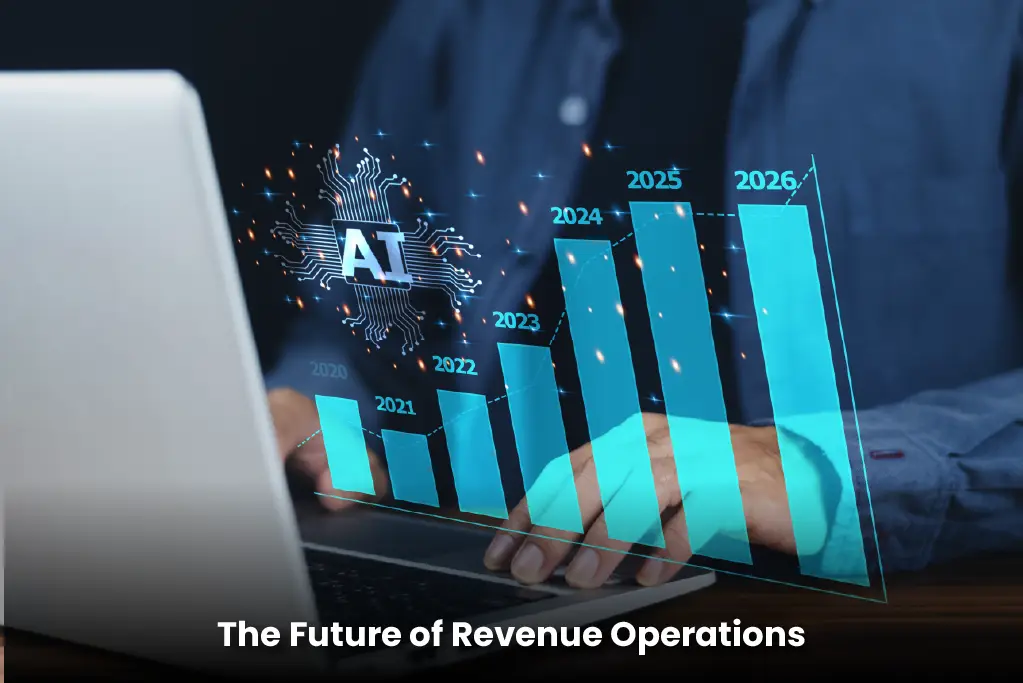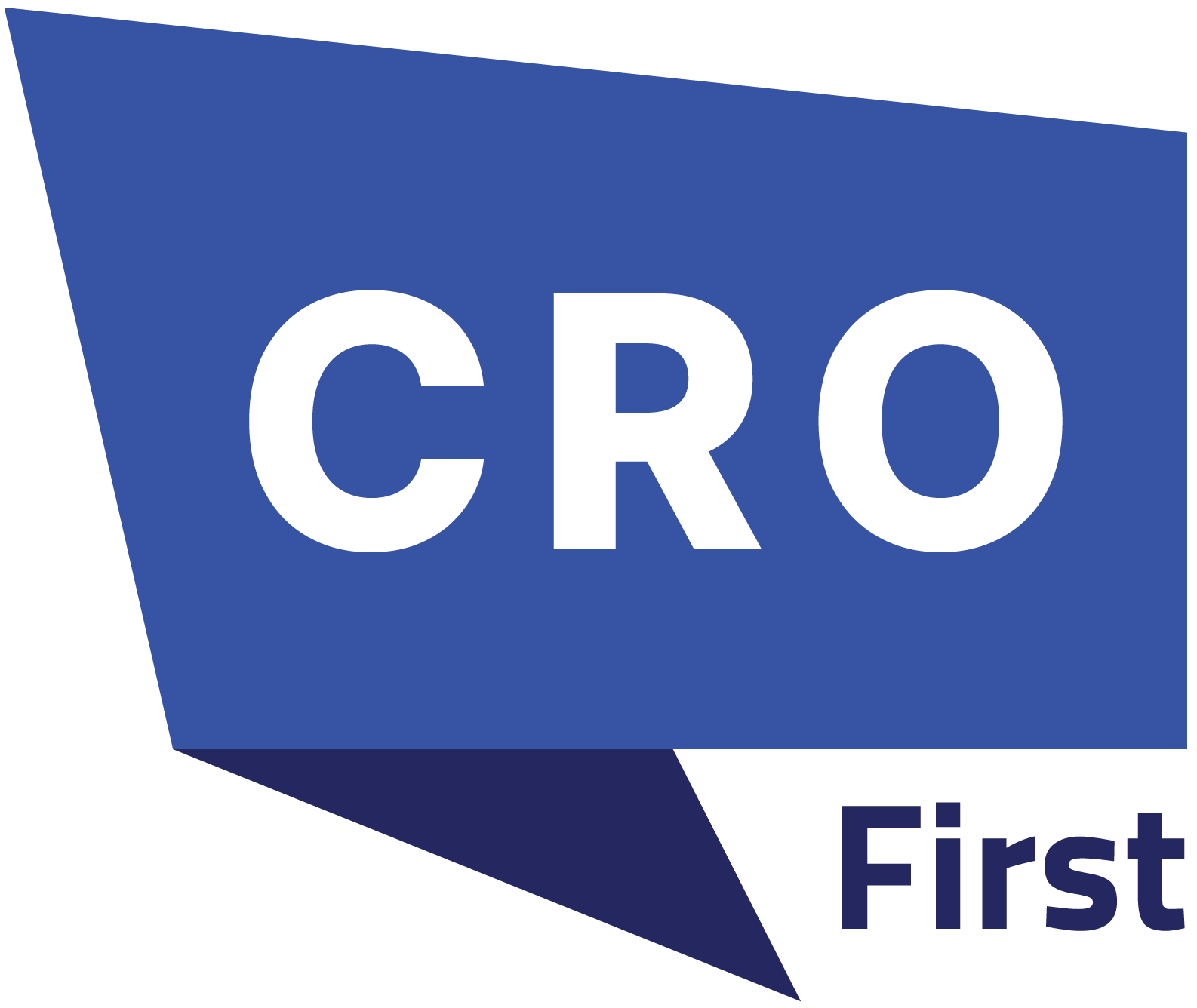Revenue drives every business. For revenue leaders, managing this process goes beyond tracking sales. It requires a system that connects all revenue activities from start to finish. Revenue Cloud is that system. It unites sales, finance, billing, and customer success teams into one platform. This creates a clear and complete picture of revenue operations.
Most organizations still rely on disconnected tools for revenue management. Sales teams use one system to manage deals. Finance teams have different software for billing and accounting. Customer success tracks renewals in yet another place. These silos cause delays, errors, and missed opportunities.
Revenue Cloud solves these problems by bringing data and processes together. It links quotes, contracts, invoices, and customer information in real time. This creates a seamless flow of information and speeds up revenue cycles.
As businesses adopt new sales models like subscriptions and usage-based pricing, old systems struggle to keep up. Revenue Cloud supports these modern models with flexibility. It allows companies to price products dynamically and manage revenue streams in one place. This helps revenue leaders adapt quickly without changing their technology stack constantly.
Moving Beyond Traditional Revenue Systems
Traditional revenue management often focuses on specific tasks without integration. Sales might close deals, but finance has to manually enter data to generate invoices. Customer success may not get timely information about renewals or usage changes. These gaps lead to inefficiencies and lost revenue.
Revenue Cloud connects all revenue functions. It integrates configure-price-quote (CPQ), billing, revenue recognition, and customer management. By doing this, it reduces manual work and prevents mistakes. Sales teams can create accurate quotes faster. Finance teams can automate billing and compliance tasks. Customer success can identify risks and growth opportunities with better data.
This connected approach means revenue leaders have a real-time view of performance. They no longer wait for reports compiled from disconnected systems. They can act quickly to fix problems or seize new opportunities.
How Revenue Cloud Works
Revenue Cloud combines several key functions into one platform. Sales teams use CPQ tools to build complex product bundles, set prices, and apply discounts. The system ensures quotes follow company rules and approval workflows. This reduces errors and speeds up deal closure.
Once a deal is finalized, Revenue Cloud triggers billing automatically. It supports many billing methods including subscriptions, one-time payments, and usage-based charges. This flexibility matches modern business needs. Invoices are accurate and reflect the agreed terms without manual intervention.
Revenue recognition is automated as well. Revenue Cloud applies accounting standards based on contracts, reducing the risk of errors and audit issues. This is especially important as regulations around revenue recognition become stricter.
Customer success teams gain access to contract and billing details. They can monitor customer usage, track renewals, and spot upsell opportunities early. The platform provides a complete picture of revenue health throughout the customer relationship.
Also Read: The Future of Revenue: Aligning Sales, Marketing, and CX Around One North Star
Enhancing Compliance and Risk Management
Compliance requirements are growing more complex. Revenue recognition rules, tax laws, and data privacy regulations demand rigorous controls. Failure to comply can lead to fines and damage to reputation. Revenue Cloud automates many compliance tasks. It reduces human errors and ensures consistent application of policies. Audit trails and documentation are maintained automatically, simplifying regulatory reporting.
From a risk perspective, the platform offers early warnings. It detects anomalies in contracts, billing disputes, or unusual payment patterns. This lets revenue teams address issues before they become serious problems.
When audits occur, Revenue Cloud quickly generates reports tracing revenue from deal creation to recognition. This transparency reduces audit time and builds stakeholder confidence. Revenue Cloud transforms how revenue leaders manage their most critical function. It replaces fragmented systems and manual processes with integrated, automated workflows. This leads to faster deal cycles, more accurate financial reporting, better forecasting, and stronger compliance.
Implementing Revenue Cloud

Implementing Revenue Cloud requires more than just technology. It calls for a clear plan and alignment across sales, finance, and customer success teams. What parts of your revenue process need the most improvement? Which workflows can be automated first to gain the biggest impact?
Starting with a focused roadmap helps. Many organizations begin by automating quoting and billing, where manual work and errors are common. Early wins here build confidence and set the stage for broader adoption.
Change management is key. Revenue Cloud often changes how teams work together. Communicating the benefits early and involving stakeholders across departments helps smooth the transition. Teams get comfortable faster when they see how the platform makes their work easier. Data readiness matters a lot. Revenue Cloud depends on clean, connected data from your CRM, ERP, and billing systems. Poor data quality can create roadblocks, so cleaning up and standardizing data before integration is critical.
What to Look for When Choosing a Revenue Cloud Solution
Not all Revenue Cloud platforms are the same. How can revenue leaders find the right fit?
Flexibility is essential. Can the platform handle your pricing models? Whether it’s subscriptions, usage-based fees, or one-time charges, the system should adapt without complex workarounds. Automation matters, too. Look for features that reduce manual tasks like quote approvals, contract management, billing, and revenue recognition. The less human error, the better. Integration with your existing systems is another must-have. A good Revenue Cloud connects seamlessly with your CRM, ERP, and financial software. This ensures data flows smoothly and teams share a unified view.
Analytics and reporting capabilities should offer real-time insights. Can the system help you spot trends, forecast revenue, or optimize pricing? Actionable data is what turns Revenue Cloud into a strategic tool. Security and compliance support cannot be overlooked. The platform must keep audit trails, protect sensitive data, and meet industry regulations.
How Revenue Cloud Changes the Game
Many companies using Revenue Cloud report faster sales cycles and fewer billing mistakes. What’s driving these results?
Some firms use Revenue Cloud to launch subscription models. This shift requires new billing and revenue recognition processes that traditional systems often can’t handle. Revenue Cloud manages these complexities behind the scenes, freeing teams to focus on growth. Others empower their customer success teams. Access to up-to-date contract and billing data lets them act on renewal risks or upsell opportunities sooner. This helps improve retention and increases revenue over time. In global companies, Revenue Cloud simplifies handling taxes, currencies, and local compliance. This consistency cuts administrative overhead and lowers risk.
A clear example of what a modern revenue cloud platform should offer came in 2024. Salesforce launched its new revenue cloud. It’s built to unify and automate the entire revenue lifecycle. This platform shows what revenue leaders should expect from a Revenue Cloud solution. It supports many pricing models, subscriptions, usage-based fees, and one-time charges. This gives businesses flexibility without complex workarounds. Automation handles quote approvals, contract management, billing, and revenue recognition. This cuts down manual work and errors.
Built on the Salesforce Einstein 1 Platform, it integrates smoothly with CRM, ERP, and finance systems. This creates a single source of truth for all revenue data. Real-time analytics help spot trends, forecast revenue, and optimize pricing.
Security and compliance are strong points too. The platform keeps detailed audit trails, protects data, and meets industry rules. Salesforce New Revenue Cloud proves that flexibility, automation, integration, analytics, and security are vital. These features help revenue leaders grow and run operations efficiently.
SAP is also advancing with its S/4HANA Cloud Public Edition. This ERP solution targets large enterprises that need agility and scalability in the cloud. In January 2025, the 2502 early release series added new AI features and improvements to Solution Orders and Subscription Billing. These updates show how ERP systems are evolving to support complex revenue models.
The Future of Revenue Operations

Revenue Cloud represents a shift in how companies manage revenue. As business models evolve, integrated and automated revenue systems become critical. The platform will keep advancing. Expect deeper analytics, AI-driven forecasting, and stronger connections between sales, finance, and customer success. Revenue leaders who adopt Revenue Cloud will move from reactive processes to strategic operations. They will unlock new pricing models, optimize cash flow, and build stronger customer relationships. Revenue Cloud is more than technology. It is a foundation for modern revenue leadership. It breaks down silos, connects data and teams, and turns revenue into insight. For enterprises ready to evolve, it offers a path to faster growth and greater agility.

